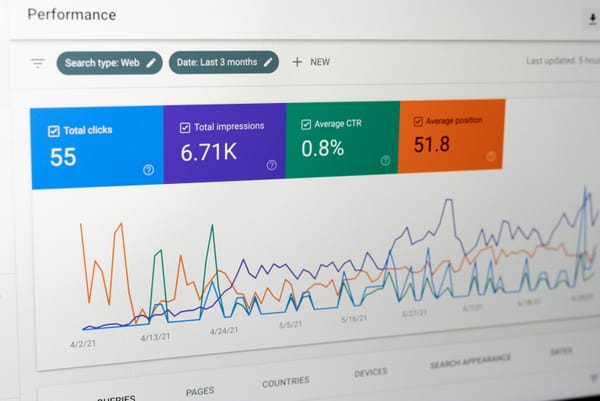The Role of Sitemaps in SEO: Why They Matter
Explanation of What Sitemaps Are
A sitemap is a file where you provide information about the pages, videos, and other files on your site, and the relationships between them. It's essentially a roadmap of your website that helps search engines like Google better understand the structure of your site. Sitemaps are particularly useful for websites with a large number of pages, as they help search engines discover and index these pages more efficiently.
How Sitemaps Help Google Understand Your Website Structure
Sitemaps play a crucial role in SEO by helping Google understand the structure of your website and the content it contains. Here's how they contribute to your site's search optimization:
- Discovery: Sitemaps help search engines discover new pages on your site that might not be linked from other pages. This is particularly important for sites with a large number of pages or those that are frequently updated.
- Indexing: By providing a list of all the pages on your site, sitemaps ensure that search engines can index your site more effectively. This is crucial for ensuring that all your content is accessible to users searching for the topics you cover.
- Prioritization: Sitemaps allow you to indicate the importance of different pages on your site to search engines. This helps search engines understand which pages are most important and should be prioritized in search results.
- Change Frequency and Update Frequency: Sitemaps can also provide information about how often the content on your pages changes. This helps search engines understand how frequently to crawl and index your pages, which can improve your site's search rankings over time.
Tips on Creating Effective Sitemaps
Creating an effective sitemap is crucial for optimizing your site's search performance. Here are some tips to help you create a sitemap that works well for your SEO efforts:
- Include All Pages: Make sure your sitemap includes all the pages on your site, not just the homepage. This ensures that search engines can discover and index all your content.
- Use a Sitemap Generator: There are many sitemap generators available that can automatically create a sitemap for your site. These tools can save you time and ensure that your sitemap is formatted correctly.
- Update Regularly: If your site is frequently updated, make sure to update your sitemap regularly. This ensures that search engines are aware of the new content and can index it accordingly.
- Prioritize Important Pages: Use the priority attribute in your sitemap to indicate which pages are most important to your site. This can help search engines understand which pages to prioritize in search results.
- Submit Your Sitemap to Google: Once your sitemap is created, submit it to Google through the Google Search Console. This helps Google discover your sitemap and use it to index your site more effectively.
Conclusion
Sitemaps are a fundamental tool in SEO that help search engines understand the structure of your website and the content it contains. By creating an effective sitemap and submitting it to search engines, you can improve your site's visibility in search results, increase traffic, and ultimately, boost your online presence. Whether you're a small business owner or a large corporation, leveraging sitemaps is a smart move for optimizing your site's search performance.

